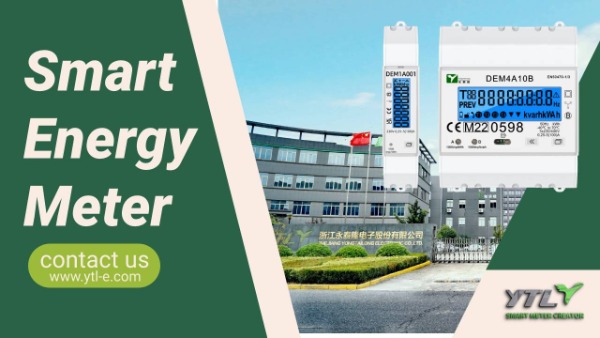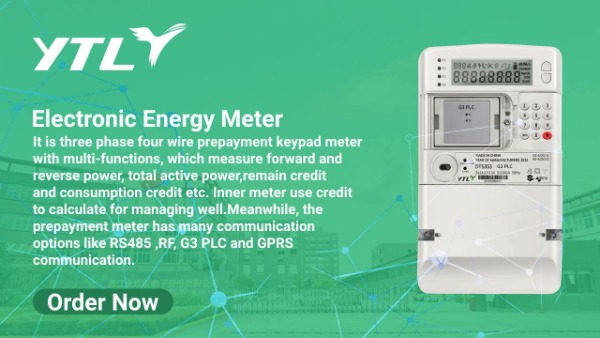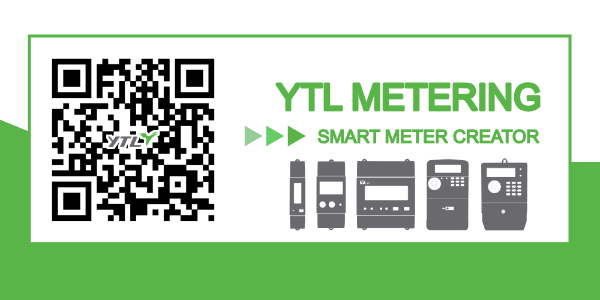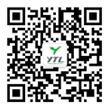The future technological trends in power energy monitoring represent a diversified and rapidly advancing field, encompassing various aspects such as intelligence, digitization, integration, and sustainable development. Below is a detailed analysis of the future technological trends in power energy monitoring:
I. Intelligence and Digitization

1. Artificial Intelligence (AI) and Machine Learning: With the continuous advancement of AI technology, power energy monitoring systems will achieve a higher level of intelligence. AI algorithms can process and analyze vast amounts of electrical data, providing precise energy usage forecasts, fault warnings, and energy efficiency optimization suggestions. Machine learning technologies will enable systems to self-learn and adapt, continually improving the accuracy and efficiency of monitoring.
2. Big Data Analytics: Power energy monitoring systems will collect and store extensive data, including real-time operational data, historical records, and user behavior data. Big data analytics will assist in extracting valuable insights from this data, providing decision-making support for energy management, such as optimizing energy distribution and enhancing energy usage efficiency.
3. Internet of Things (IoT) Technology: IoT technology will enable electrical devices and systems to interconnect, forming a vast network. Through IoT, power energy monitoring systems can monitor equipment's operational status, environmental parameters, and more in real time, enabling remote control and fault warnings to improve the operating efficiency and reliability of electrical equipment.
II. Integration and Networking
 1. Smart Grids: Smart grids are a crucial development direction for power energy monitoring. They integrate traditional power systems with advanced communication technologies and information technologies, facilitating the convergence of power flow, information flow, and business flow. Smart grids will enhance the reliability, safety, and economic viability of power systems, enabling efficient utilization and optimal allocation of energy.
1. Smart Grids: Smart grids are a crucial development direction for power energy monitoring. They integrate traditional power systems with advanced communication technologies and information technologies, facilitating the convergence of power flow, information flow, and business flow. Smart grids will enhance the reliability, safety, and economic viability of power systems, enabling efficient utilization and optimal allocation of energy.
2. Cloud Computing and Edge Computing: Cloud computing technologies will allow power energy monitoring systems to centralize data storage and processing, enhancing data processing efficiency and security. Concurrently, edge computing will localize data processing, reducing transmission delays and bandwidth requirements, thereby improving system response time and real-time capabilities.
3. System Integration: Power energy monitoring systems will integrate with other enterprise systems, such as Enterprise Resource Planning (ERP) and Manufacturing Execution Systems (MES). This integration will enable energy monitoring data to combine with other business data, providing enterprises with a more comprehensive energy management solution.
III. Sustainable Development
1. Clean Energy and Renewable Energy: With the global emphasis on environmental protection and sustainable development, the use of clean and renewable energy will gradually increase. Power energy monitoring systems will need to adapt to this change, supporting the integration and monitoring of clean and renewable energy sources. For instance, the incorporation of solar and wind energy will necessitate more complex and diverse data handling by monitoring systems.
2. Energy Efficiency and Emission Reduction: Power energy monitoring systems will place greater emphasis on energy efficiency and emission reduction. By monitoring and optimizing energy usage in real time, unnecessary energy wastage and emissions can be minimized, thereby achieving a green, low-carbon energy usage model.
3. Smart Grids and Microgrids: Smart grids and microgrids will become vital components of future power systems. They will enhance the flexibility, reliability, and efficiency of power systems, while also better accommodating the integration and utilization of clean and renewable energy sources. Power energy monitoring systems will align with smart grids and microgrids for more intelligent and refined energy management.
The future technological trends in power energy monitoring are filled with opportunities but also present certain challenges, such as data security and privacy concerns, as well as the costs associated with new technologies. However, as technology continues to advance and application scenarios expand, these issues will gradually be addressed. Simultaneously, governments, enterprises, and research institutions will strengthen collaboration to jointly promote the innovation and development of power energy monitoring technologies. Through continuous technological innovation and application expansion, power energy monitoring systems will better meet humanity's energy demands and contribute significantly to sustainable development.


 English
English 中文简体
中文简体




.jpg?imageView2/2/w/500/h/500/format/png/q/100)






.jpg?imageView2/2/w/500/h/500/format/png/q/100)


